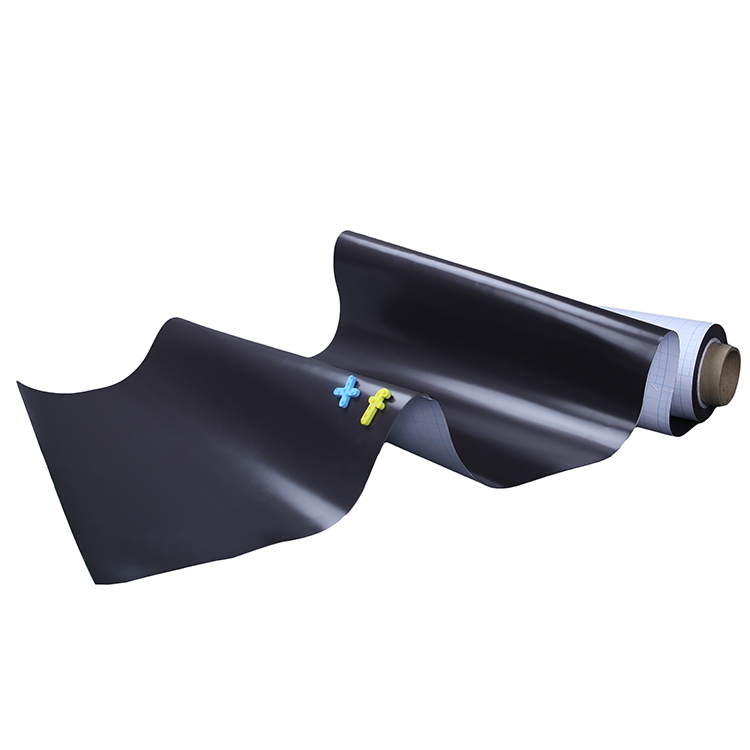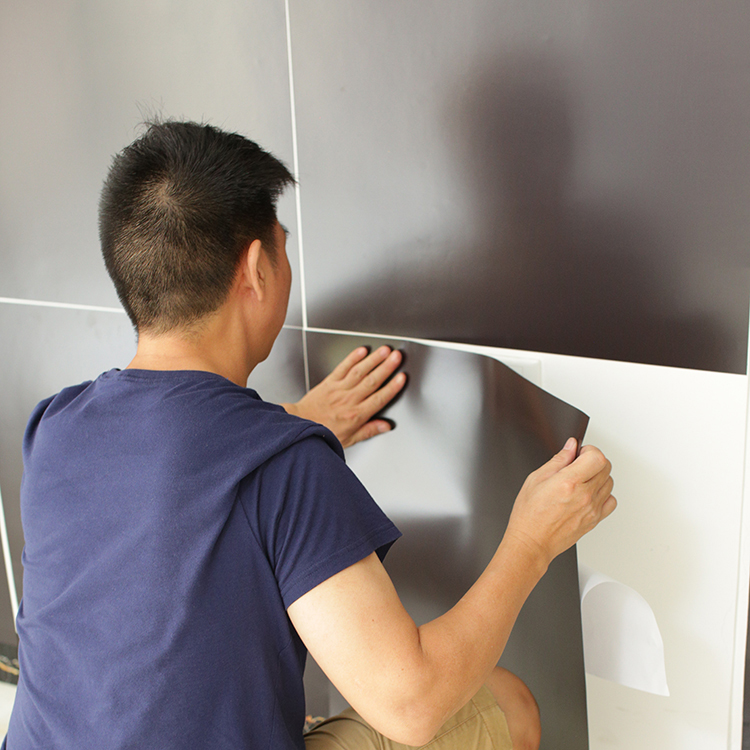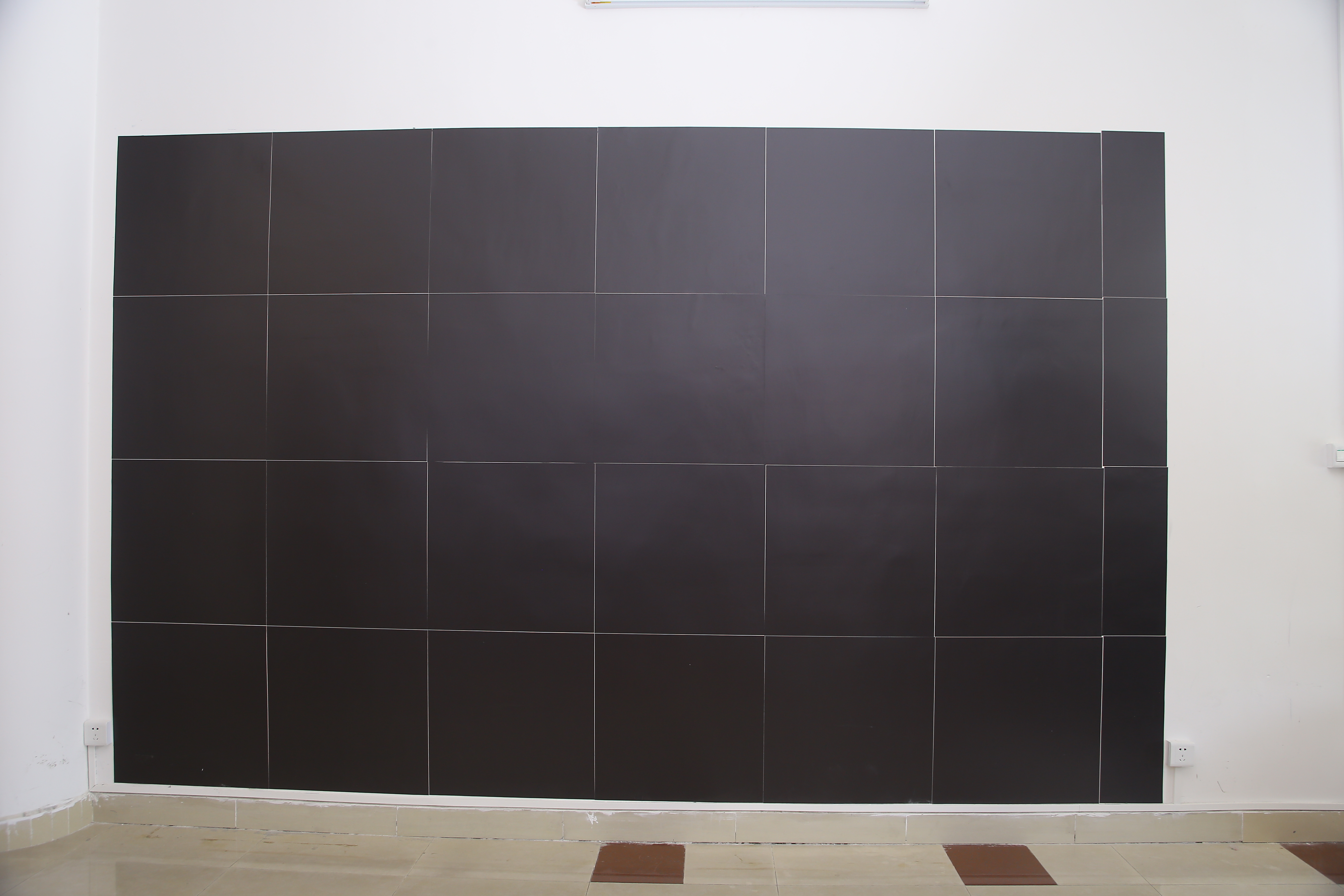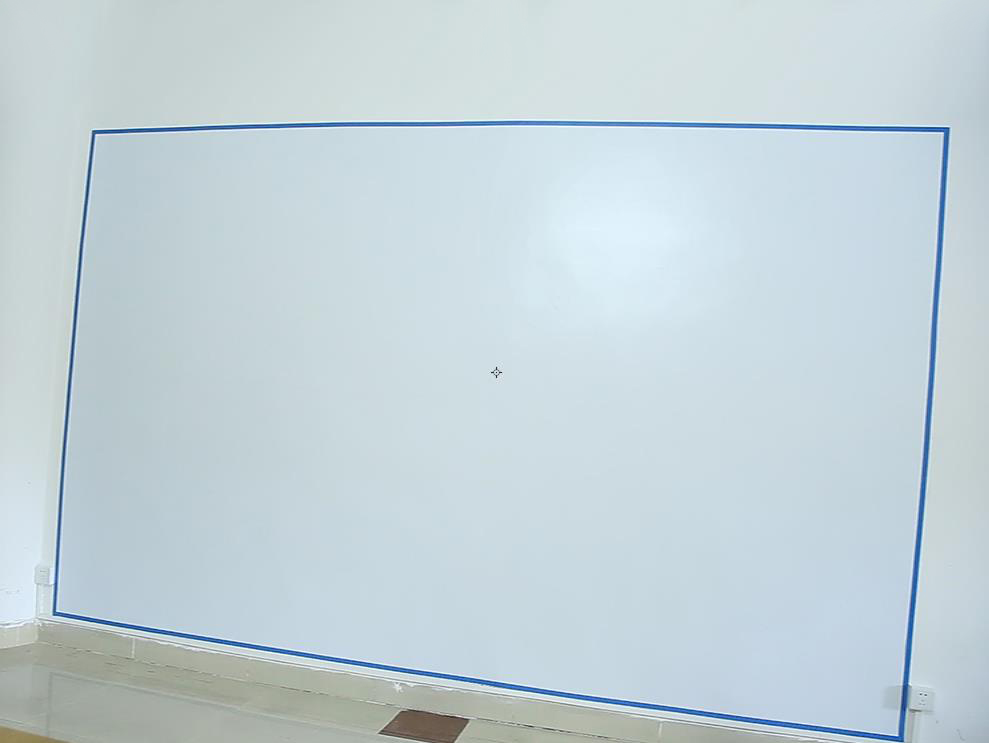In the stadium lighting, the intelligent control of the lighting system is getting more and more attention. This article will analyze the lighting characteristics of the stadium in light of the actual case, explain the advantages of the EIB system in the stadium lighting, and outline its characteristics. analysis.

First, the stadium lighting system features
Sports venues are specialized venues for sports, training, and sports competitions, and they are also a general term for all kinds of specially constructed sports fields. Large to the football field, track and field, small badminton hall, swimming pool, basketball volleyball hall and so on. Which can be divided into open-air stadium and indoor stadium two. The function of the stadium is different and the lighting requirements are not the same.
Whether it's an open-air stadium or an indoor gym. From the point of view of electrical lighting, it is not only necessary to meet the visual requirements of the athletes on the field, but also to meet the visual requirements of the audience and staff, as well as the lighting requirements on television broadcasts. In addition to being used for basic sports, it is sometimes necessary to consider the need for large-scale performances and cultural activities.
Indoor stadiums generally require an average illumination level of more than 300 lx for the water level in the hall. When designing the light source, special attention should be paid to glare. Whether it is direct glare or reflective glare, it will have a visual impact on athletes, especially ball players. Therefore, the layout of lamps in modern gymnasiums is based on light bridges. For the outdoor motion field, the uniformity of the ground light flux distribution is required to be relatively high, and the light sources used are mostly high-intensity discharge lamps such as metal halide lamps, fluorescent high-pressure mercury lamps, and the lamps are also large-area flood lamps. (Floodlight) dominates, and the lighting fixtures are mainly tower-type and ambient lighting.
The traditional lighting control is the use of air circuit breakers, contactors, etc., through the non-standard design of the lighting box approach to control, with the increasing degree of modernization requirements of stadiums, traditional control methods can no longer meet the control needs, from the lighting design and lighting From the point of view of system control, the lighting control of stadiums generally has the following characteristics:
1. The site area is relatively large. The distribution of power supply and distribution, especially the distribution box, is relatively decentralized, but the control requires centralized and local two-level control.
2. The use of metal halide lamps, tungsten halogen lamps or other gas discharge lamps, the single light source power is larger.
3. Due to different objects used, the requirements for opening and closing combinations of lights are also different. For example, lighting conditions in different situations, such as competitions and television broadcasts, clean sweeps, etc., vary greatly.
4. Considering that stadiums are places where people gather a large amount of lighting, the reliability of lighting is extremely high, the control methods must be diversified, and redundant backups are required.
5. With the increase in the degree of intelligence and integration of the entire stadium, the requirements for cross-control, remote control, etc. have also been increased, and integration with other systems has become a mandatory requirement.
6. The increase in electromechanical equipment, and sometimes the desire to control the lighting while being able to control other equipment, such as electric canopies.
Therefore, to meet the ever-increasing lighting control and other equipment control requirements, an intelligent electrical installation system with reliable performance, simple structure, and easy operation is required to accomplish the goal. An excellent field bus technology from Europe—EIB (Electrical Installation) Bus) technology can provide a good solution.
Second, the application of EIB system in the stadium
The EIB system is a fieldbus technology dedicated to the control of building electrical equipment. Compared to the previous two generations of control technology (centralized control and distributed control), it is a fully distributed, secure distributed system in which there is no master. From the setup, all field devices including panel buttons, switch drivers, dimming drivers, timers, etc., are all nodes in the system. After the applications designed and selected according to requirements are downloaded into all the component modules, The components can work completely independently. When there is a need for centralized management, the computer as a central management unit also participates as a node in the bus system.
This fully distributed system architecture greatly reduces the risk to the system. When any component fails, only the connected devices related to this component are affected. Other devices can work normally. In summary, the application of EIB in sports venues has the following advantages:
Due to the large space, multiple power distribution devices (boxes or cabinets) are usually set within the power supply range and are distributed in the stadium. This requires that the control system can conveniently control all light circuits from the main control room. The EIB system is a 2-bus FCS system. Only one standard EIB bus can be connected from the main control center to each distribution box to achieve control. It is not limited by the power supply radius, and construction and installation are very simple.
The light sources of stadiums generally use metal halide lamps and tungsten halogen lamps with high luminous efficiency. Each power supply circuit has multiple high-power light sources and the total load is relatively large. Traditional methods usually use MCB direct control or through the contactor to control the way, from the operation box to the end of the pipeline is very large, causing construction inconvenience, especially maintenance, EIB's distributed control approach to greatly reduce the pipeline. When the high-power load is turned on at the same time, a large inrush current will be caused, and the EIB control module can realize the step-by-step step-opening to effectively avoid the transient impact on the air circuit breaker. When the loop power is too large, the switch module can be used in conjunction with the contactor to control.
EIB system also has a lighting circuit flow monitoring function, can report the failure of the lighting circuit number at any time, to facilitate maintenance personnel to identify problems and troubleshooting. Different functional areas such as competition venues, auditoriums, and rostrum have different requirements for lighting, and the control methods are also different. The control system needs to provide lighting combination methods under different working scenarios. EIB can realize different scenarios such as game scenes, training scenes, conference scenes, and cleaning scenes through combination control of arbitrary loops.
EIB can be individually or group-controlled for electric equipment such as electric canopies, electric curtains, and elevators in the gymnasium. These devices and lighting system groups all come together to achieve different combinations of scenarios. The central visualization control software of EIB system can use the computer to realize the centralized management and control of the entire system easily through the visual graphical interface.
The control panel is mounted on an ordinary 86-type bottom box, which is in line with people's daily operating habits, and can be controlled remotely through an infrared remote controller. Remote remote control can be achieved through the telephone or the Internet, which has practical significance for the management of large areas. Nearly 200 member manufacturers comply with this open agreement, which makes EIB products have the best product compatibility and openness, and it actually protects investment interests and also greatly reduces maintenance costs.
In the stadium, in addition to the main stadium for competitions and training, there are usually auxiliary areas such as rest, office, and conference. In addition to the lighting of the stadium and the canopy (canopies, awnings), etc., the EIB system can also be used to control office lighting, curtains, and air conditioning systems (see the article "Application of EIB system in office buildings"). Achieve a system, multiple controls, to avoid the inconvenience of use and maintenance caused by a number of systems mixed together.
Third, application case
A stadium in Beijing, the lighting design of the stadium is a four-tower lighting, that is, lighting is achieved through four lighthouses with a center height of 48 meters. Each lighthouse is equipped with 48 sets of Mundial2000W Rint metal halide floodlights and four sets of SDW1500W halogen tungsten floodlights. The design requires that “3 lamps can be controlled individuallyâ€, and considering each of the 5 different situations Different lighting combinations: official competitions, general competitions, TV broadcasting, training and entertainment, and emergency lighting. It is required that switch control be implemented in both the main control room and the power distribution room. The number of lights corresponding to the lighting at each level is as follows:
In the design plan, taking into account that the entire project is a small system, the number of light circuits is not very large. According to different situations, the combined design of the required lights is five kinds of corresponding scenarios. The drive module uses twelve eight-way dual value outputs and four four The dual value output of the road controls 192 floodlights and 16 emergency lighting lamps; a quadruple switch and a double switch are installed in the light control room, and two quadruple switches are installed in the power distribution room. The switch buttons are designed to Scene button. With these configurations, the following functions can be achieved:
Control full-range lighting in the lighting control room
The lighting control can be delayed in sequence and can meet various opening methods, namely TV broadcasting, training, entry and exit, and emergency lighting control (the emergency light will automatically turn on in the event of an accident)
Non-contact control
With remote control and local electrical cabinet control two functions
Automatic timing control
Can instantly change the lighting control method according to the owner's request
The main EIB components used are:
EIB components are mostly modular components of the standard DIN rail mounting mode. They can be installed directly in the distribution box. They are very convenient for inspection and maintenance. The modular system construction method makes it adaptable to meet the changing functions.
Fourth, application prospect
China’s sports undertakings are continuously advancing with the rapid development of the economy. Correspondingly, modern, first-class sports venues are increasingly being built. Especially under the lead of the 2008 Beijing Olympic Games, China will build a number of high-standard sports stadiums and intelligence. The lighting control system is an important part of this. Over the past few years, some outstanding lighting control systems including EIB technology have entered the Chinese market and have been widely used. We can see from the technical analysis of these internationally recognized control systems that users can In terms of technology, the most needed technology does not look very deep or put on a very elegant shelf. The user needs to be simple in operation, reliable in performance, and powerful in functionality. It not only has a good price/performance ratio, but also minimizes use. cost. As a highly mature field bus product, EIB technology is being understood by more and more engineering and technical personnel and users, and it will surely gain greater application in all aspects of China's construction field.
Related reading: Introduction to Smart Lighting Control System for Sports Venues
None Adhesive Whiteboard
None adhesive whiteboard is made of premium PET and steel sheeting without demagnetized, anti-rust. It has excellent magnetic receptive ability. None adhesive whiteboard can be exchanged and / or replaced when applied to a wall that has a layer of magnetic material,like our Adhesive-back Magnet Mat.





None Adhesive Whiteboard
Non Magnetic Whiteboard,None Adhesive Whiteboard,None Adhesive Chalkboard,Decorative Whiteboard,Wall Mounted Whiteboard
Guangzhou New Magnetics Technology Co.,Ltd , https://www.softwhiteboard.com